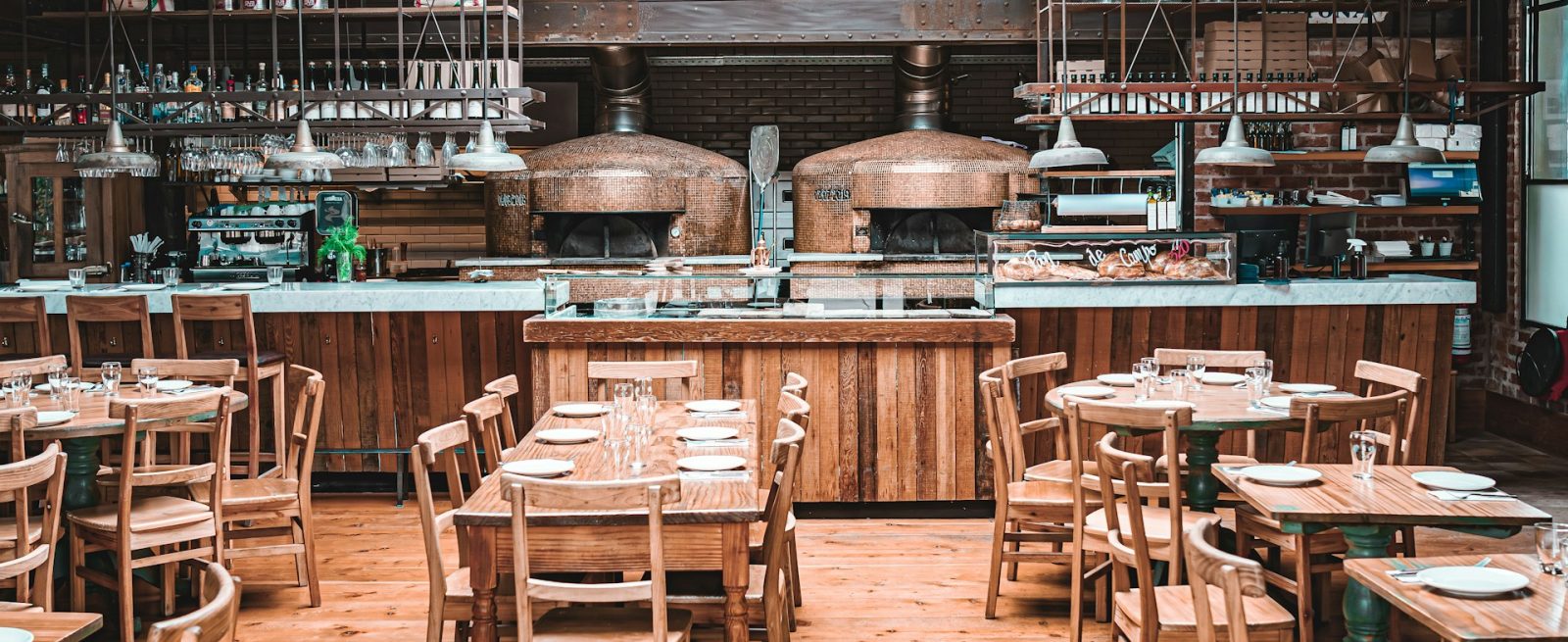Why Restaurant Owners Should Be Thinking About Fixed Assets (Even When It’s Not Tax Time)
4 Min Read By Stephanie Broom
Many restaurant operators only think about fixed assets at tax time, focusing on maximizing write-offs. While write-offs are helpful, proactively tracking and managing fixed assets on a regular basis comes with bigger benefits. Think about the ability to anticipate (and thus budget for) replacement costs, have accurate financials, be prepared for a possible audit and ready to apply for a loan.
What counts as a fixed asset for a restaurant?
For those restaurateurs without an accounting background, let’s start with some definitions. A fixed asset is a long-term tangible resource that the restaurant owns and uses to operate, but does not intend to sell in the ordinary course of business.
In other words, fixed assets are the big-ticket items that the IRS says must be tracked and depreciated vs. being written off immediately as an expense. The dollar amount that qualifies a purchase as a fixed asset can vary based on the size of the business.
Here are few examples of fixed assets:
-
Kitchen equipment (ovens, hoods, fryers, refrigerators)
-
Furniture (tables, chairs)
-
Technology (POS systems, tablets)
-
Leasehold improvements or renovations (Note: this does not include painting touch up or repairing floor tiles. These are considered repairs and maintenance and can be expensed right away.
The Benefits of Year-Round Fixed Asset Tracking
Proactively managing and tracking fixed assets comes with rewards. The first is accurate financial reporting. Everyone knows fixed assets lose value over time; it’s called depreciation. From an accounting standpoint, depreciation is less about the FMV of the assets and more about allocating the cost of the assets to the period(s) they are being used to produce revenue. The good news is 95% of our clients don’t record any depreciation; rather, they let their CPA handle this at year-end and focus more on cash flow and margins.
Fixed asset tracking (since it includes tracking the useful life of equipment and items that will eventually fail or need to be replaced) can also help restaurant owners forecast and adequately budget for replacement needs. This turns the focus to prioritizing future investments vs. reacting to emergencies (and the loss of business or inventory when a fridge dies).
Audit “insurance” and loan readiness is another benefit. Banks usually don’t ask for a list of all fixed assets but they will likely ask for a debt schedule. Adding a few more items to the fixed asset list will make preparing this much simpler when it’s loan time.
A detailed list of fixed assets is also going to be needed in the case of a business personal property (“BPP”) audit. If selected for an audit and the restaurant hasn't recorded fixed assets, you can get fined for underreporting assets. Or the tax authority could adjust taxable income to reflect the correct assets values and depreciation, in some cases resulting in back taxes owed. Having the numbers ready and current can reduce headache and stress in any of these cases.
The same goes for when tax season arrives. Instead of scrambling to document everything so no write-offs are missed, year-round tracking means all eligible depreciation deductions are easy for your CPA to calculate and not overlook. Another note on taxes: accurately tracking fixed assets means you’re less likely to overpay on business property taxes since anyone can review the listing and identify assets disposed of and avoid paying tax on those items.
Insurance and risk management is another benefit of fixed asset tracking. Many clients who don’t track their fixed assets closely end up understating the replacement cost and are therefore, underinsured. In case of fire, theft, or flood, up to date fixed asset records mean the restaurant can quickly document losses for claims and will likely have sufficient coverage for the loss.
Practical Steps for Restaurant Fixed Asset Management
1. Create and Communicate a Fixed Asset Policy
The first step to restaurant fixed asset management is creating and communicating a fixed asset policy so that anyone making purchases knows fixed assets need to be tracked and how. This policy goes beyond just general accounting policies to defining what qualifies as a fixed asset to the business and processes for logging the purchase into an asset register. Here’s an example:
Fixed Asset Policy
All restaurant equipment, furniture, and improvements costing $500 (this can vary depending on materiality) or more and expected to last over a year are considered fixed assets. These items must be recorded in a fixed asset register when purchased, depreciated over their useful life, and tracked annually. Any sale, disposal, or replacement of assets must be approved by management and updated in the register to ensure accurate financial reporting.
2. Create An Asset Register
While an asset register can certainly be maintained in a traditional spreadsheet, some prefer using fixed asset software. There are programs that offer add-on apps to track assets electronically. No matter what method your restaurant uses to create an asset register, it should include the following information:
-
Acquisition Date
-
Make and Model
-
Cost (Including any sales tax and installation costs)
-
Description
-
Serial Number
-
Seller / Where it was purchased from
As mentioned previously, some business owners like to include lender, interest rate, and current loan balance in this schedule to have full visibility of the debt vs. purchase price disparity.
Tip: Warranty costs may be tracked as an expense, separate from the fixed asset costs.
Make sure to track item by item, not by category. I’ve seen some businesses track all furniture as one lump amount, not separating out tables vs. chairs vs. dinnerware, etc. This created quite the headache when the business underwent a (BPP) audit. A physical inventory had to be completed and depreciation worked out during the audit (vs. having it readily available), complicating the audit process. Auditors routinely ask for depreciation schedules to help assess whether the correct value of business property has been reported on tax filings.
Fixed asset management isn’t just a tax-season task—it’s a year-round strategy that can strengthen a restaurant’s financial foundation. By creating clear policies, maintaining an accurate asset register, and keeping depreciation up to date, restaurant owners can gain a strategic advantage in an industry where margins are thin and surprises are costly.


